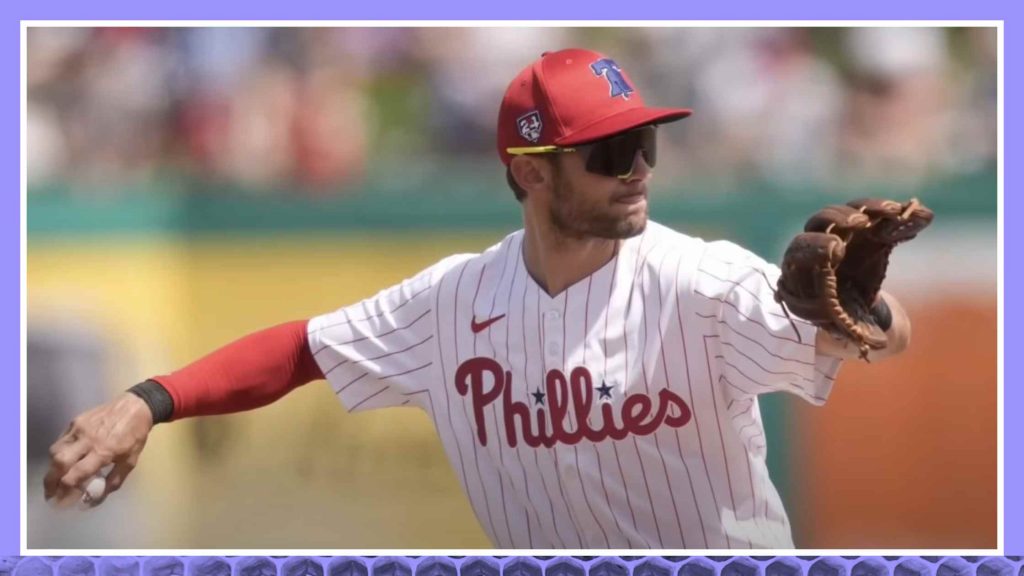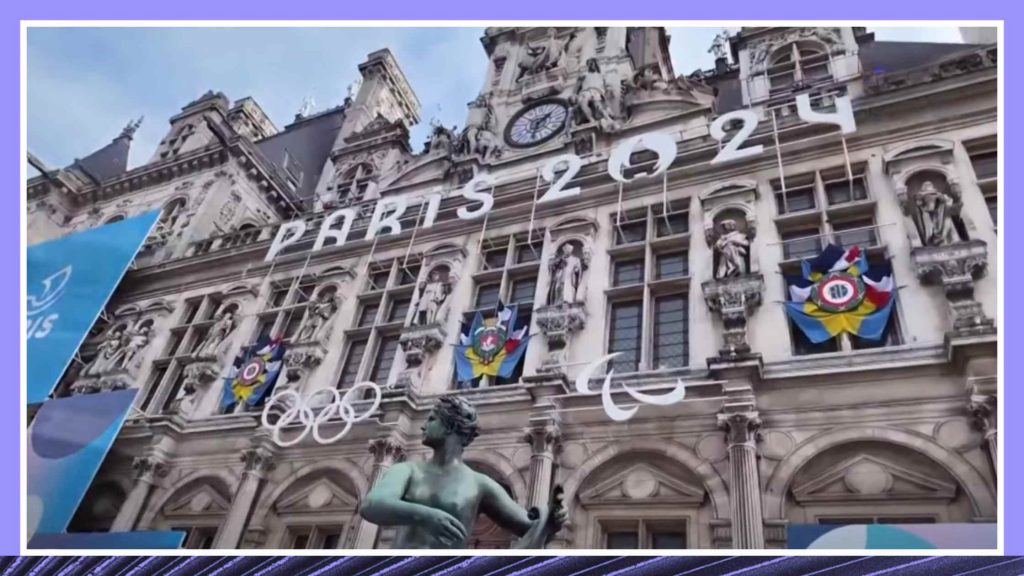Apr 16, 2024
How Charlie Sifford Changed the Course of Golf

Charlie Sifford was the first Black player to get a PGA card, qualifying him for the professional golf tour. Read the transcript here.
Speaker 1 (00:00):
On this weekend of the Masters Golf Tournament, a look at the man Tiger Woods has called the Jackie Robinson of our sport. Charlie Sifford was the first Black player to get a PGA card qualifying him for the professional golf tour. It came in 1961, a full decade after the color barrier had fallen in professional football, baseball, and basketball.
(00:23)
Charlie Sifford cut a distinctive figure on the fairways. That cigar jam between his teeth was more than just a trademark. He said it helped him with his swing and putting for most of his professional career, he played not on the PGA tour, but on the UGA, the United Golfers Association. Black players called it, the Chitlin’ Tour formed for those not welcome in the all white PGA.
(00:48)
In 1961 the PGA finally dropped its Caucasian-only bylaw, which had been in place since 1934. Prompted by a chance meeting with Sifford, the California Attorney General had threatened to sue the group. Sifford was 42. His prime playing days behind him. Still, he went on to win two PGA tournaments, the 1967 Greater Hartford Open and the 1969 Los Angeles Open. In 2006, his achievements in golf were recognized with an honorary doctorate from the University of St. Andrews in Scotland, home to what’s considered to be the world’s oldest golf course.
(01:27)
Just months before Sifford died in 2015 at the age of 92, President Barack Obama awarded him the Presidential Medal of Freedom, the nation’s highest civilian award.
Speaker 2 (01:39):
On the tour, Charlie was sometimes banned from clubhouse restaurants. Folks threatened him, shouted slurs from the gallery, kicked his ball into the rough. Charlie is laughing about that. My ball is always in the rough. And because golf can be a solitary sport, Charlie didn’t have teammates to lean on, but he did have his lovely wife, Rose and he had plenty of guts and grit, and that trademark cigar. Charlie won on the tour twice, both after the age of 45. But it was never just about the wins. As Charlie says, “I wasn’t just trying to do this for me. I was trying to do it for the world.”
Speaker 1 (02:21):
Sifford played in 12 US Opens, six PGA championships, and was the first Black player inducted into the World Golf Hall of Fame. But he never played at the Masters, which he once called the most redneck tournament in the country. Sportswriter, Peter May has written a new book about Sifford and the California Attorney General who pressed the PGA to act. It’s called Changing the Course: How Charlie Sifford and Stanley Mosk Integrated the PGA.
(02:47)
And Charles Sifford Jr. is Charlie Sifford’s elder son. Mr. Sifford, I’d like to start with you. Your father, of course, is a legend in golf, but he was also your father. He was your dad. What are your memories of him as a man and as your dad?
Speaker 3 (03:04):
My father was gone a lot playing golf, but I knew why he wasn’t at home. He was doing what he loved to do and that was play golf. That was his dream. That’s the thing that he wanted to do ever since he was 11 years old.
Speaker 1 (03:21):
And when he was home, did he talk about the frustrations and what he was going through trying to get into the PGA?
Speaker 3 (03:27):
When he first started, he was just a game. He wanted to be able to play his best and play against the best, but he wasn’t allowed to do that. He had death threats and a lot of other things going on when people called him and told him not to come to the golf course. They called him names. It just showed me he was a special person because everybody just couldn’t have played as good a golfer as they did and be under that kind of pressure.
Speaker 1 (03:57):
Peter, in the book, you detail some of that, some of the hardships that he went through, but also despite those hardships, the performance on the course?
Speaker 4 (04:04):
Yeah. I mean, he would go to tournaments and he’d be forced to change clothes in the parking lot, eat in the parking lot. There were things that were thrown in his way virtually every tournament he played in south of the Mason-Dixon line. And Charles is right about that. It had to take a certain type of individual to be able to put up with it, but not to overreact. And he was that guy. He was the perfect guy for that moment. He got death threats, as he said. He was called the N-word. That’s what he had to go through.
Speaker 1 (04:40):
I remember you were talking about the writing about the Greensboro Open one year where he got a lot of heckling from the galleries, but he still shot a really good round.
Speaker 4 (04:50):
Yes, he did. The Great Greater Greensboro Open was really the first tournament south of the Mason-Dixon line. They had a Black player played in, and he played extremely well the first day. He got a death threat call at the house he was staying at the second day and he finally had to move. He ended up, I think, tied for sixth or fifth. It was as good a performance, I think, as he could have ever delivered, given all the other stuff that was going on.
Speaker 1 (05:17):
Mr. Sifford, you say he didn’t talk about that at all. Do you get the sense he was trying to shield you, trying to protect you from that?
Speaker 3 (05:24):
Yeah, he did. I heard him talking to my mom, and that’s how I found out about a lot of the things. He never really talked to me one-on-one about what happened. Every now and then, I was able to get a hold of a newspaper and read different things. It was a rough life, but he was strong and determined, and he wasn’t going let anybody stop him from doing what he wanted to do.
Speaker 1 (05:49):
Peter, I was surprised to read in the book that it was actually in the PGA bylaws that it was for golfers of the Caucasian race. How did it get ended?
Speaker 4 (06:00):
It got ended thanks to the other partner in this story, Stanley Mosk, the Attorney General of California. He heard about it from Charlie. He was introduced to Charlie at a country club in Los Angeles by Billy Eckstine, the great singer and band leader who championed Charlie’s cause for a number of years. When Charlie Sifford told Stanley Mosk about this, Stanley Mosk was incredulous and he didn’t know anything about golf, he didn’t know anything about Charlie Sifford other than that he was a golfer.
(06:26)
But he went to work and it took him about a year and a half to two years to finally beat the PGA over the head, enough times that they figured out that they better change it.
Speaker 1 (06:36):
Threatened them with lawsuits.
Speaker 4 (06:37):
Threatened them with lawsuits, threatened to stop the tournaments in California from happening. He was a big, big part of all this.
Speaker 1 (06:46):
Mr. Sifford, of all the honors that your father got, one of them was the first Black man inducted into the World Golf Hall of Fame. Peter describes that induction ceremony in the book. It sounds like an incredibly emotional event. What do you remember from that night?
Speaker 3 (07:02):
The first thing I remember is my wife and I, we stayed up for about a week writing and rewriting his speech. We had it done in big print because he was having trouble with his eyes at that time. But when he got up on stage, he was so emotional that his eyes started watering and he couldn’t see the pages of the speech, so he just started talking from his heart.
(07:34)
I think the biggest laugh he got was when he was telling everybody that when he got the phone call, he made sure he was going to get there to the hall for the induction. He slowed down in his driving and he was careful crossing the streets because he didn’t want to take a chance of missing the opportunity to go into the Hall of Fame.
Speaker 1 (07:53):
One thing you do note in the book is that after Charlie Sifford broke down this barrier, there was not an influx of Black golfers into the PGA. Today, I think there are only probably about four Black professional golfers. Why do you think that is?
Speaker 4 (08:09):
It’s still a white players game. It’s a country club game. That’s where all the golfers go to get lessons and play on good courses. It’s not a game that has really embraced Blacks as much as they should. There hasn’t been the movement that Charlie and Tiger both hope would happen. It hasn’t happened.
Speaker 1 (08:29):
Mr. Sifford, you were an amateur golfer. Are you frustrated by that, that there aren’t more in the game?
Speaker 3 (08:36):
Yes. And my father would be too if he was still alive. One of the main reasons, it’s just an expensive sport. You had to buy clubs, you had to pay to go play the game. A lot of the Blacks that got into the game back in the time when my father was playing started off caddying. So they were able to learn the game by watching other people play with the. Invention of the cart, that eliminated the caddy positions for the most part. So that eliminated the exposure that the young Blacks have to play the game.
(09:13)
It’s starting to get a little bit better with HBCU schools having some strong golf teams. There’s tournaments that are starting to develop where they can play in and get exposure, and they’re getting good instructions now, which they never had back in the day.
Speaker 1 (09:28):
Mr. Sifford, obviously your father has this great legacy as the man who broke the color barrier. As his son, as other members of your family, your children, his grandchildren, what would you hope that his legacy would be?
Speaker 3 (09:41):
That they remember him being a strong-willed individual who set a goal and worked to achieve that goal and did it in the right way. He was a pioneer. He didn’t consider himself a civil rights leader. He didn’t think of himself that way. He was just trying to make it easier for the people coming up behind him to be able to have a better opportunity to play the game.
Speaker 1 (10:09):
Charles Sifford, Jr., Peter May, thank you both very much.
Speaker 4 (10:13):
My pleasure.
Speaker 3 (10:14):
My pleasure.
Transcribe Your Own Content
Try Rev and save time transcribing, captioning, and subtitling.



